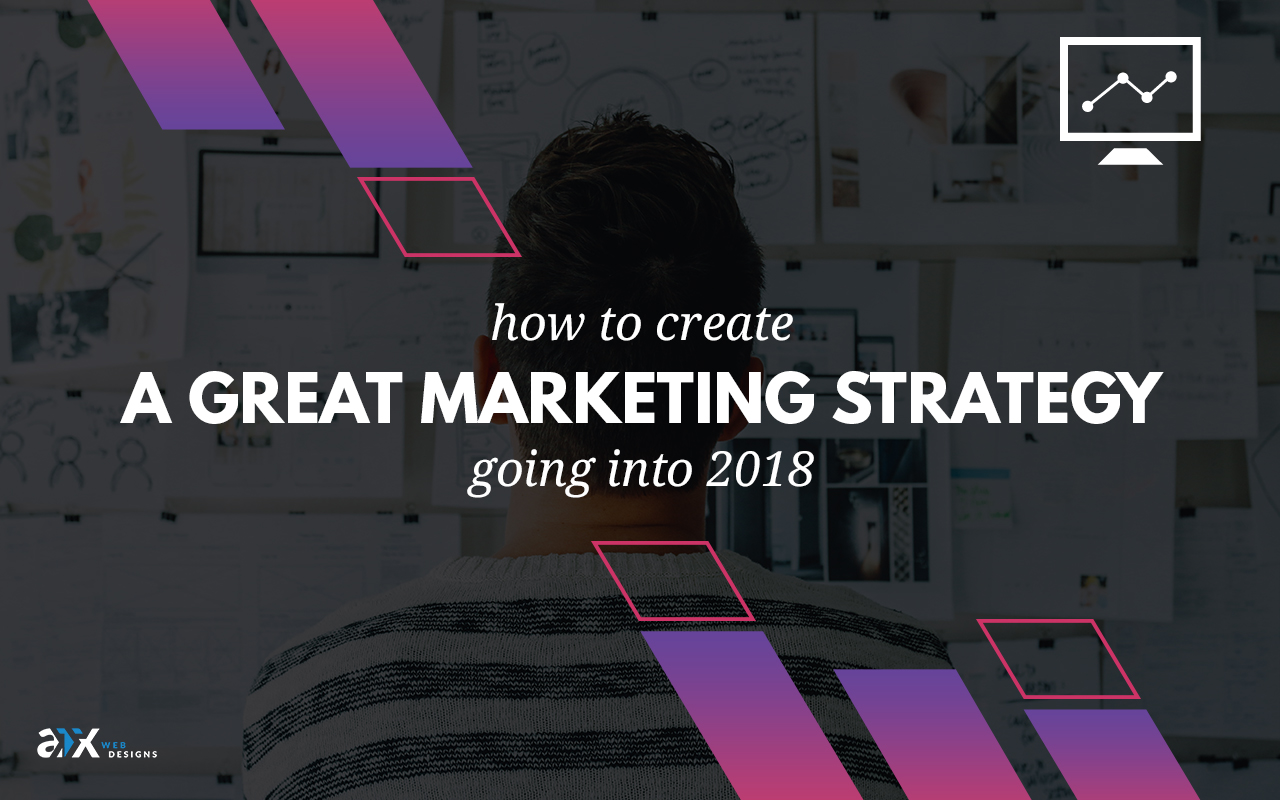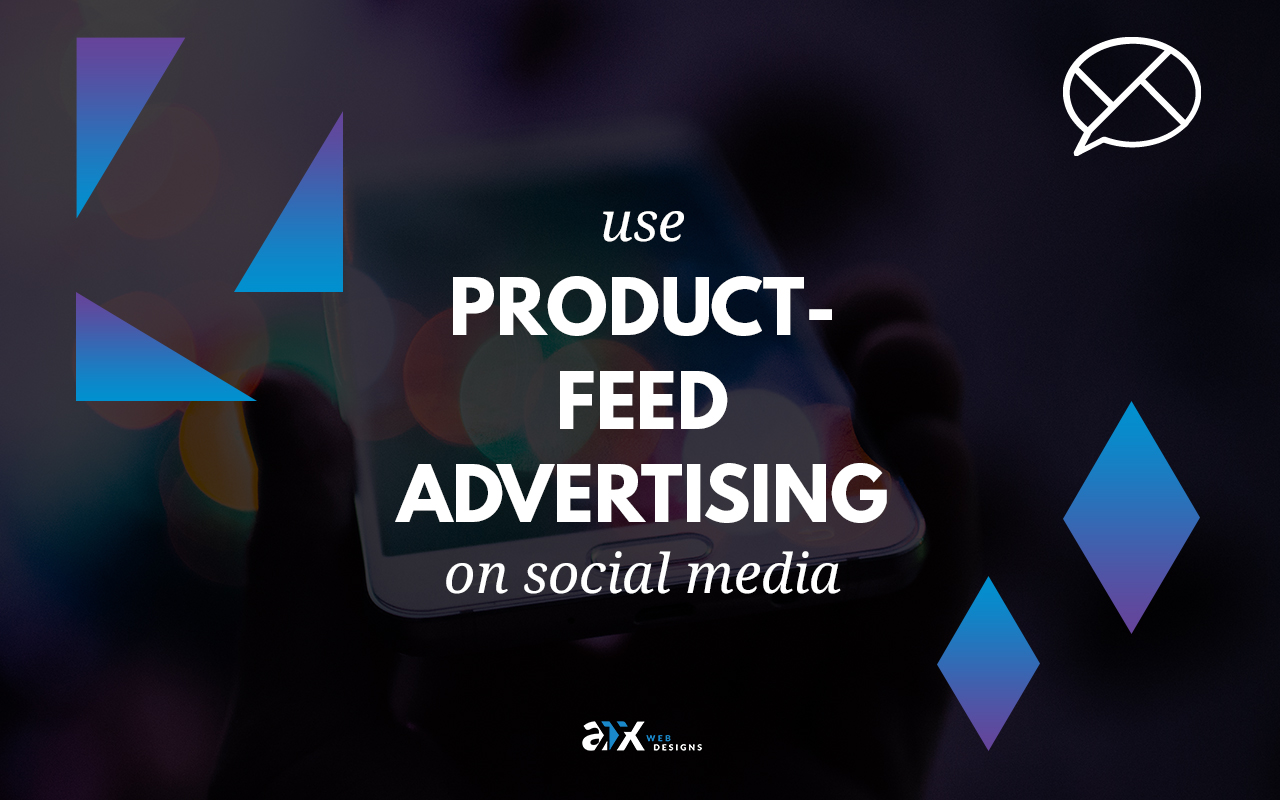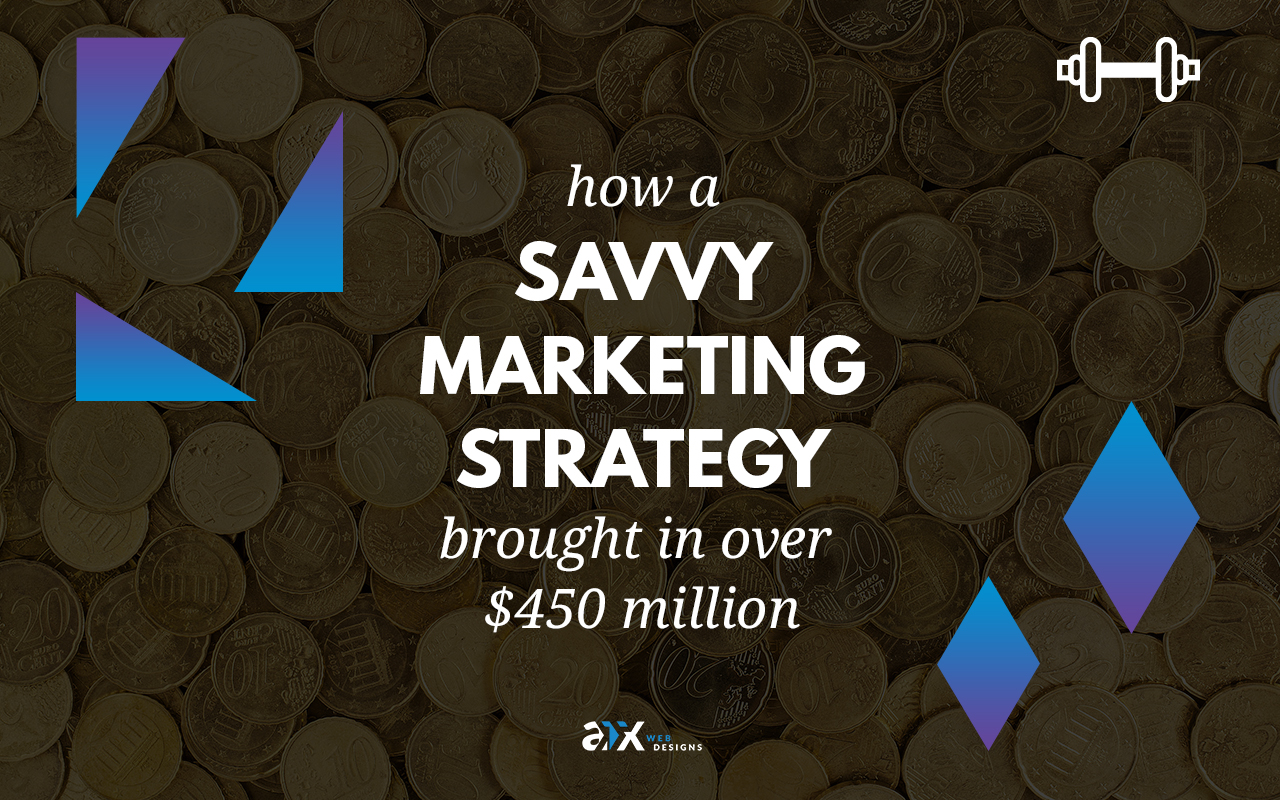I have all sorts of practical advice for your 2018 marketing plans:
- Audit your marketing for 2017. Check your ROI and where it’s greatest. What went right and what could improve?
- Reach out to your customers. Offer gift cards in exchange for feedback.
- Survey your almost-customers. Ask what you could do better.
But none of those will do you much good if you miss the bigger picture, the greater message, the whole point of your marketing: the people who will pay for your product. Your people.
Seth Godin is an entrepreneur, thought leader, blogger, author and the Internet’s resident marketing guru. The Internet has lots of great thought leaders in marketing, but I think that Seth Godin is the most insightful. He did a Q&A on Tim Ferriss’ podcast and was asked what most marketers do wrong.
Here is part of his response:
Nike did not invent the running tribe. There were already runners before Nike showed up. What we do when we lead a tribe often is we find people who are already connected and we merely show up to lead them.
For most businesses, we don’t even lead them. We merely service a tribe that already exists so that when you find a group of people who share an instinct, an interest, a connection, a leader, a goal, you give that group of people something with which they can take action.
The way I abbreviate that long sentence is “people like us do things like this.”
People like us do things like this.
It’s easy to get stuck thinking about marketing tactics and platforms. How should you tweak your Facebook strategy to get more engagement? What influencers do you tap for your next campaign? Should you post 3 times a day on 5 networks? Or do 5 times a day on 2? Which should those be?
None of those questions do you any good if you don’t know the who. Who are you trying to reach? And why do they care about seeing your posts?
Your job as marketer is to answer these questions. Answering these questions will help you tap into the tribe that will buy your product.
Study your market. Understand them better than anyone else. Get why they do things the way they do.
Then, craft your marketing strategy.
Prove That You Get It
I wrote a post last month about the eggs that understood me. They could have a more expensive business model because they could charge a high price for eggs. And they could charge a high price because the company understood that people like me would pay for them.
As you craft your marketing strategy for the coming year, audit your 2017 marketing, survey your customers and almost-customers, find which social media platforms your audience hangs out on and which influencers they rely on for product advice. Then, craft your strategy around them.
Not around platforms, but around people.
Your people.





